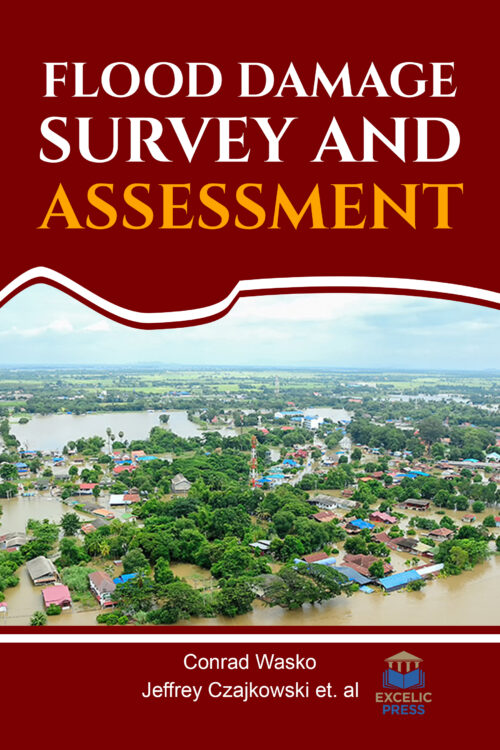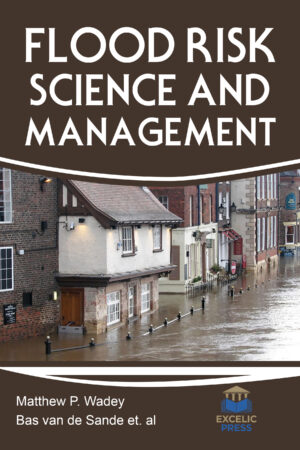Description
Flood risk analysis is more complex in urban areas than that in rural areas because of their closely packed buildings, different kinds of land uses, and large number of flood control works and drainage systems. According to the 2015 China flood and drought report, more than 100 cities have suffered waterlogging per year since 2006. The numbers of waterlogged cities were 130 in 2008, 258 in 2010, and 234 in 2013, respectively. Nearly 62% of 351 cities were waterlogged between 2008 and 2010. The vast majority of flooding and waterlogging disasters are caused by local extreme rainstorms. This enables the determination of the critical points in terms of flooding impacts, and highlights the need to implement strategies to cope with these impacts. Nowadays, flood control has been replaced by flood management concept in terms of living with flood, making benefit of it, and minimizing its losses. The success in flood management in any region depends on the evaluation of different types of flood losses. For the assessment of flood damages, this requires the use of stage–damage functions for different categories of land use.
This book aims to propose a practical framework for flood risk analysis and hazards assessment and flood control measures in rural and urban areas from leading experts in the field, researchers and practitioners, including professionals working in the field of natural hazards mitigation. Based on the concept of disaster risk triangle (hazard, vulnerability and exposure), a comprehensive analysis of methods and general procedures were proposed for urban flood risk analysis. Urban Flood Simulation Model (UFSM) and Urban Flood Damage Assessment Model (UFDAM) were proposed to estimate the flood risk. A review is presented of the methods used to construct stage–damage function curves for residential, commercial, agricultural, and industrial category. A good compilation of real world case studies elaborating on the survey experiences and best practices associated with flood damage data collection, storage and analysis, that can help strategize flood risk mitigation in an efficient manner.





